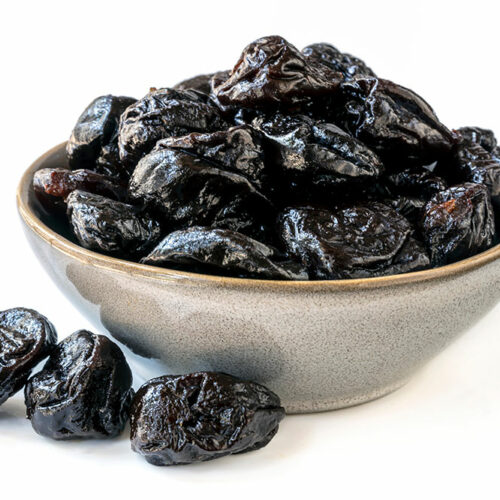6 ways to manage asthma

Asthma is a condition that causes the airways to become inflamed and produce extra mucus, making it difficult for one to breathe. While this condition is chronic, several methods can help manage its symptoms successfully. Here are a few ways to manage this condition better. Foods to eat What one eats matters a lot. Certain foods can help soothe symptoms and prevent asthma attacks. Here is what one must eat to manage the condition: Tomatoes Tomatoes are rich in antioxidants and a must-have for those with asthma. They contain lycopene, an antioxidant that helps clear the airways. Drinking tomato juice helps relax the airways, allowing one to breathe better. Spinach We all know that leafy greens are healthy. They are especially beneficial for those who have asthma. It is essential to add spinach to one’s meals, as they are full of essential vitamins like folate, which can reduce the number of asthma attacks. Salmon Omega 3 fatty acids present in salmon have several known benefits to alleviate symptoms of asthma. They reduce inflammation and provide one with a good amount of vitamin D, an essential vitamin that boosts immune responses to viruses triggering asthma attacks. Foods to avoid Avoiding certain trigger foods can help one avoid an asthma attack.






